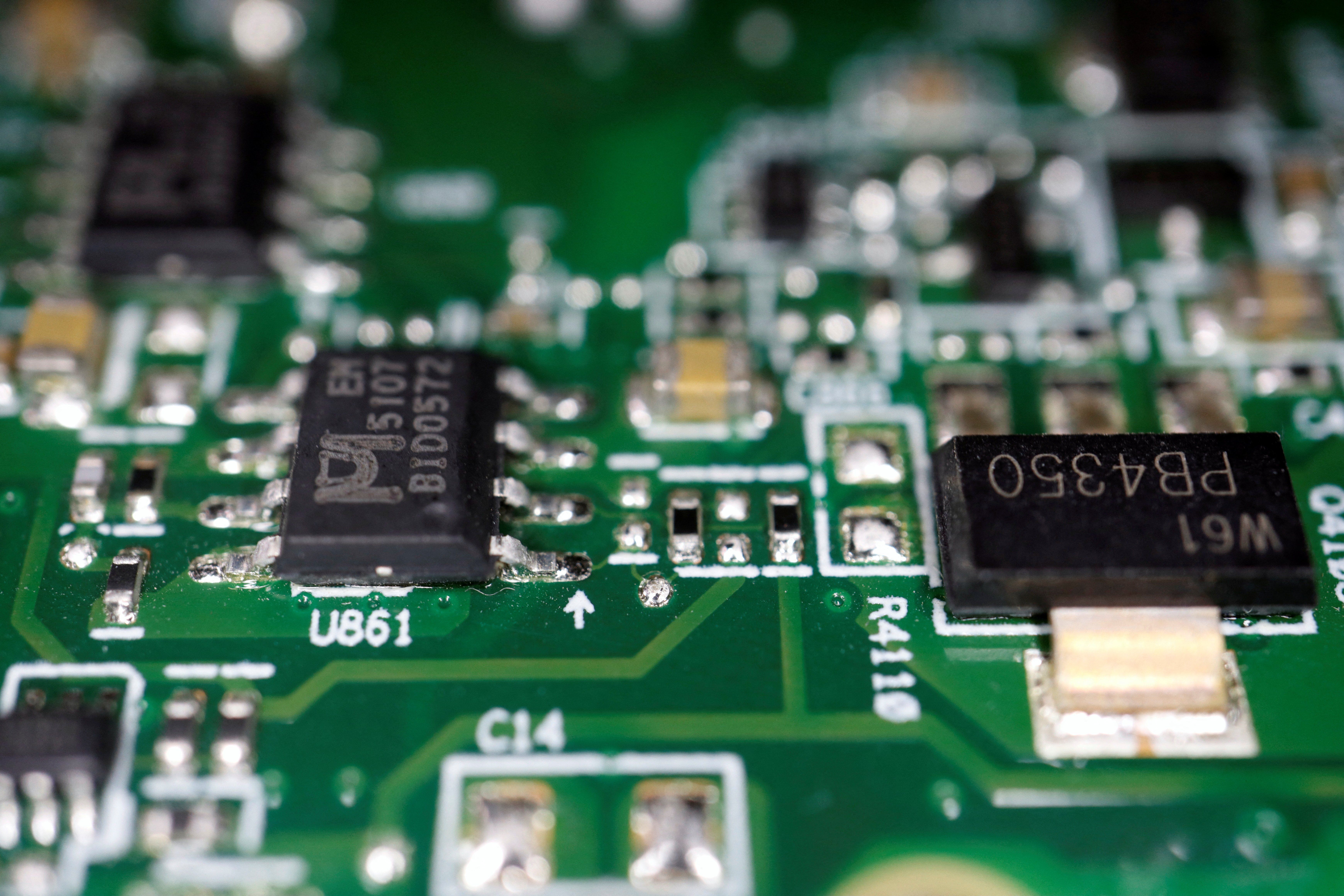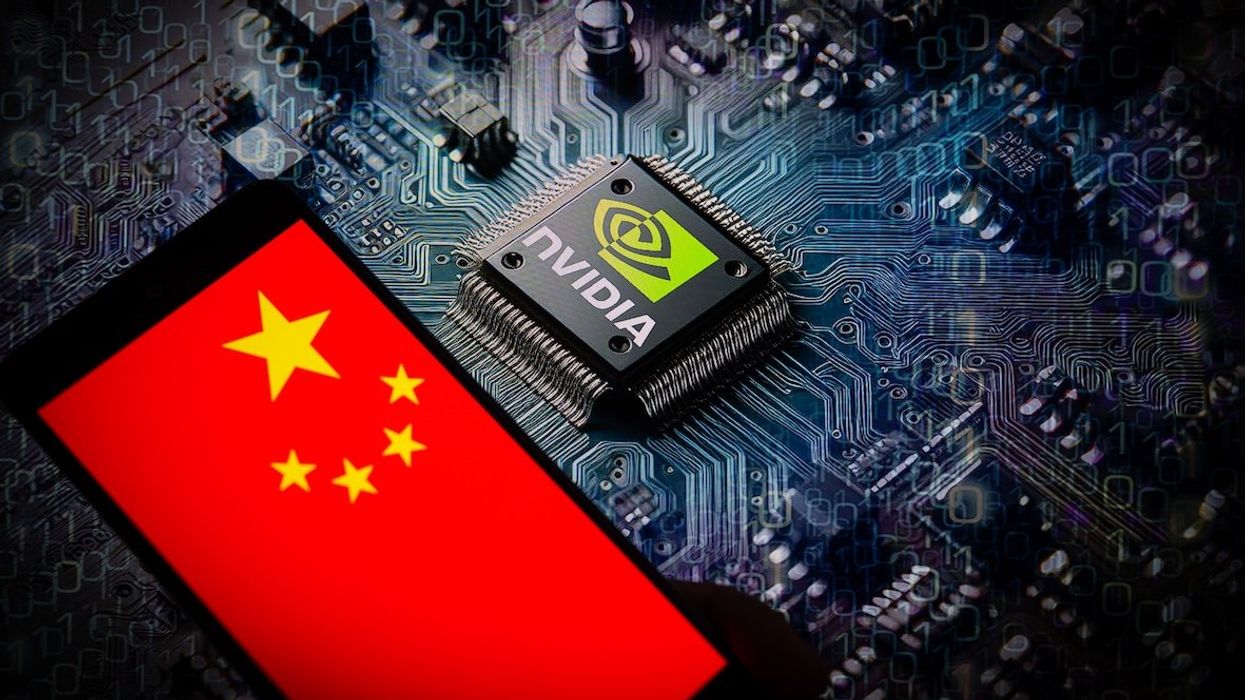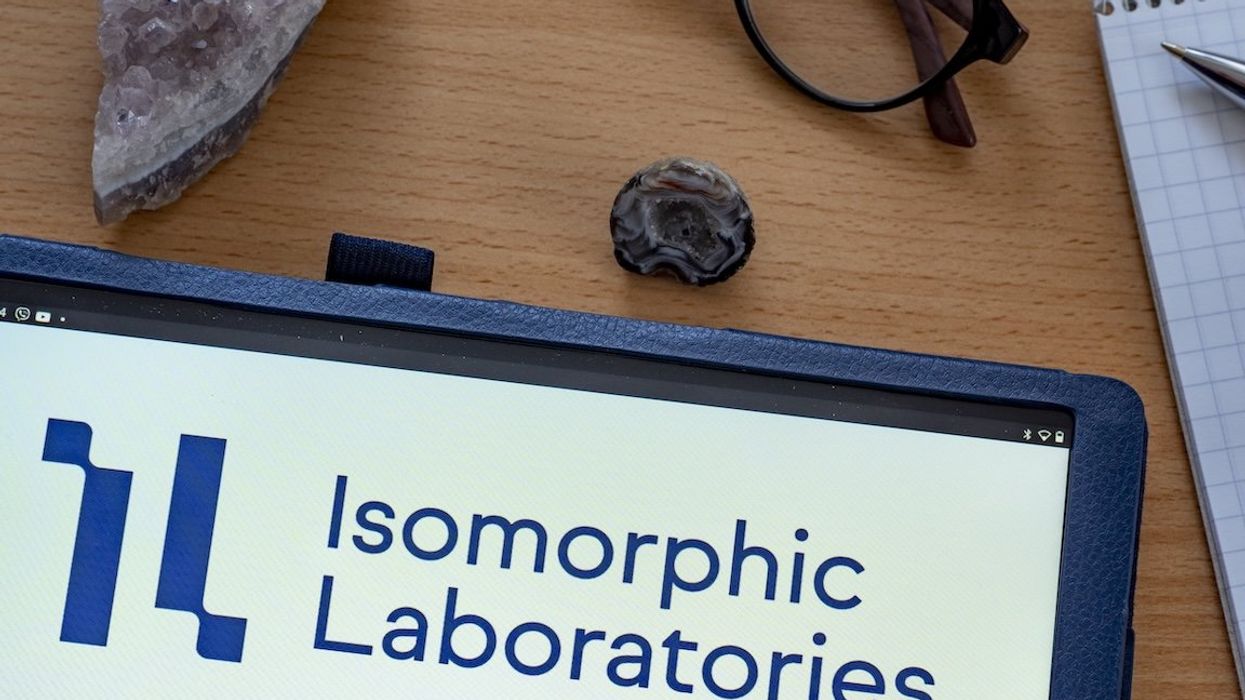What if the stuff found in pencils could be used to make computer chips? That’s a real possibility, according to new research published in the journal Nature.
Research scientists from Georgia Institute of Technology and China’s Tianjin University found that graphene, the material commonly found in modern pencils, can act as a semiconductor. For years, it was believed that graphene only behaved as a semimetal, not a semiconductor, but researchers have now discovered graphene’s “band gap.”
This breakthrough is notable amid the race to find cheaper and more available alternatives to silicon for the semiconductor technology that powers chips. Chips are notoriously expensive to make, but they’ve never been more important to modern life. Not only are chips necessary for manufacturing cars, appliances, and video game consoles — all of which were affected in the recent chip shortage spurred by the pandemic — but the availability of chips, particularly high-powered graphics chips, is a determining factor in what firms and global powers will enable an artificial intelligence revolution.
Using graphene without wasting scarce materials, however, will require a new production process, so mass-producing chips with graphene could take another “five years to a decade or more,” according to The Wall Street Journal.



















